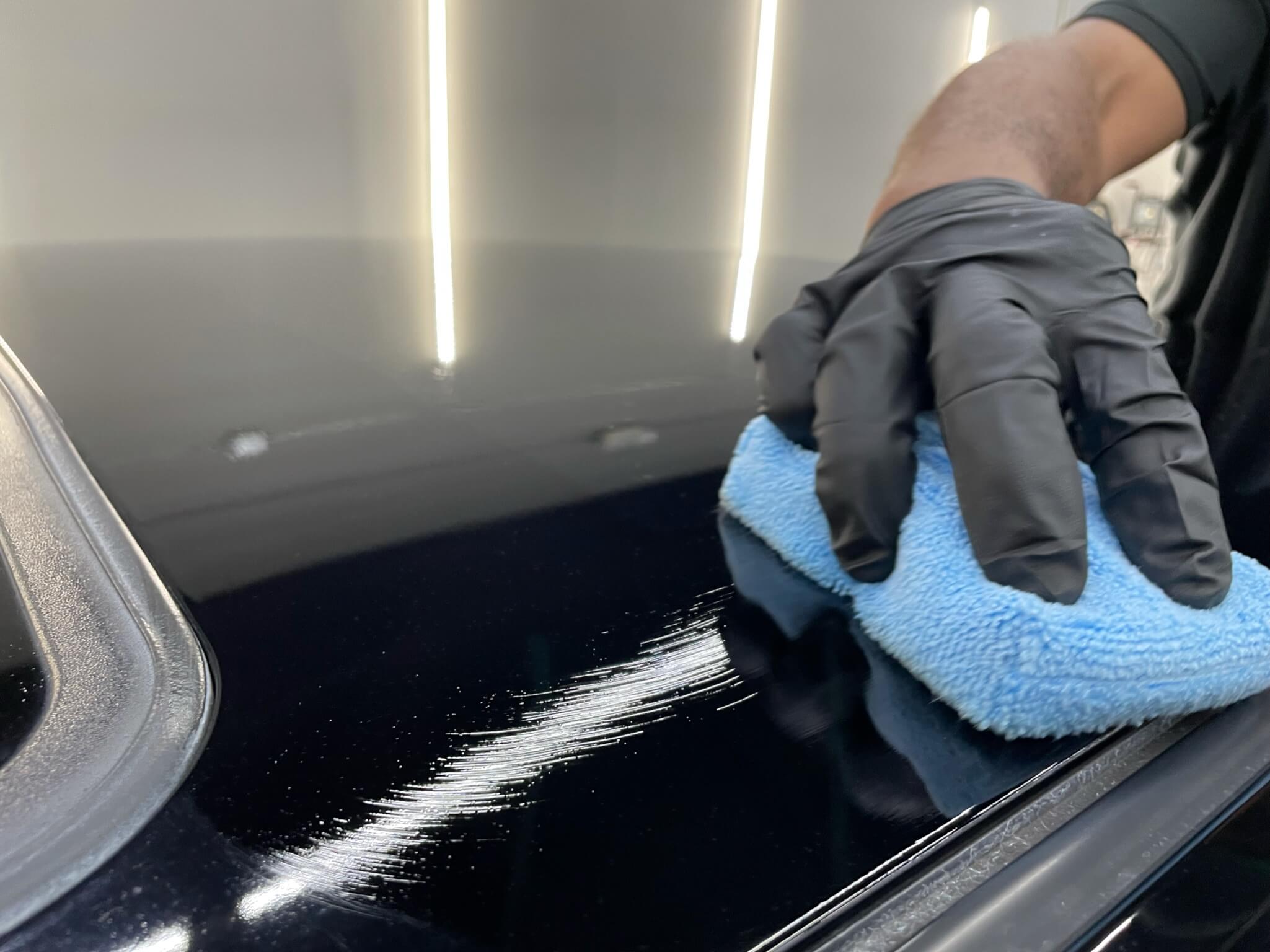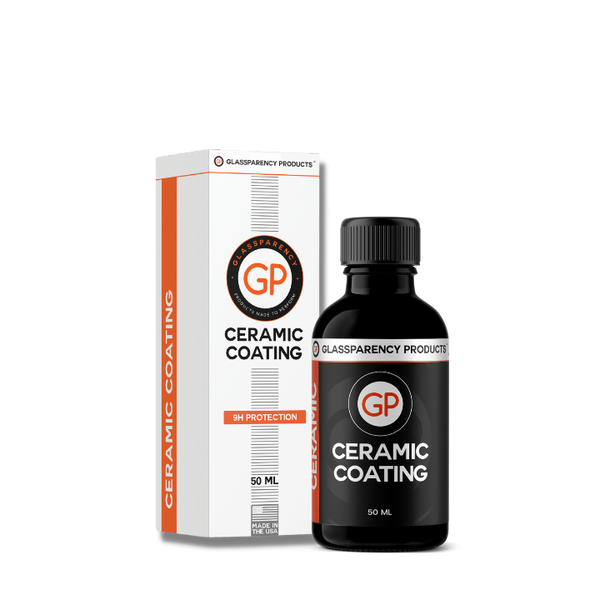Preserve Your Auto’s Value and Look with Ceramic Coating Denver Services
Preserve Your Auto’s Value and Look with Ceramic Coating Denver Services
Blog Article
A Comprehensive Overview to the Kinds Of Ceramic Finishing on the Market
Ceramic finishings have actually arised as an essential solution across different sectors due to their unique buildings and applications. As we explore the distinctive attributes and applications of these coatings, the implications for efficiency and durability come to be significantly apparent, raising concerns regarding which kind might finest match your demands.
Understanding Ceramic Coatings
Ceramic finishings are innovative safety remedies that have gained popularity in different markets, specifically in aerospace and automotive applications. These coverings consist of a liquid polymer that, when cured, forms a durable, hydrophobic layer on the surface of the substratum. This layer supplies improved resistance to ecological pollutants, UV radiation, and chemical exposure, consequently prolonging the life and visual appeal of the underlying material.
The fundamental element of ceramic coatings is silica, which adds to their solidity and longevity. The application process normally includes surface preparation, application of the covering, and curing, which can be attained with warm or UV light. Once healed, ceramic layers show remarkable bonding homes, allowing them to stick highly to a range of surfaces, including steels, plastics, and glass.
Along with their protective features, ceramic finishings additionally use ease of upkeep. Their hydrophobic nature lowers the adherence of dirt and crud, making cleaning easier and less constant. In general, the fostering of ceramic coatings stands for a significant improvement in surface protection technology, giving both useful and visual advantages across numerous markets.
Types of Ceramic Coatings
Various types of ceramic coverings are readily available, each developed to fulfill particular performance needs and applications. One of the most common kinds consist of:
Silica-based Coatings, these layers primarily are composed of silicon dioxide and are understood for their durability and chemical resistance. They are commonly used in auto and industrial applications.
Titanium Dioxide Coatings: Renowned for their photocatalytic buildings, titanium dioxide coverings are commonly used in environments where self-cleaning and antifungal homes are preferable, such as in structure products and automobile coatings.
Zirconia Coatings are identified by their high-temperature stability and thermal resistance, zirconia coatings are utilized in applications such as wind turbine engines and high-performance vehicle components.
Alumina Coatings, Displaying exceptional firmness and thermal stability, alumina layers are regularly used in wear-resistant applications, including cutting devices and commercial equipment.
Crossbreed Coatings:Combining the residential or commercial properties of various materials, crossbreed layers provide improved efficiency qualities, making them ideal for unique and demanding applications.
Each kind of ceramic layer serves unique functions, allowing individuals to pick one of the most ideal option based upon certain environmental conditions and performance demands.
Advantages of Ceramic Coatings

In enhancement to resilience, ceramic coverings supply exceptional hydrophobic residential properties, enabling easy cleaning and upkeep. This water-repellent nature lessens the adherence of dirt, grime, and other contaminants, which can lengthen the aesthetic charm and functionality of the surface area. Moreover, ceramic finishings can dramatically improve thermal resistance, making them perfect for applications that sustain heats.
An additional significant advantage is their capacity to enhance surface solidity. This increased solidity can cause reduced damage, ultimately extending the lifespan of the covered product. Ceramic finishes can add to energy performance by reflecting warm, which is specifically valuable in automotive and industrial setups. Overall, the many benefits of ceramic finishings make them a these details beneficial investment for numerous applications, ensuring ideal efficiency and protection.
Application Process
When using ceramic layers, a meticulous approach is necessary to accomplish optimum results. The application process normally begins with extensive surface area preparation. This includes cleaning, sanitizing, and brightening the surface area to eliminate all pollutants, including dirt, grease, and prior waxes or sealants. A tidy surface area makes certain appropriate bond of the finishing.
As soon as the surface is prepped, the next action is to apply the ceramic layer. This can be done making use of an applicator pad or a microfiber fabric, guaranteeing even insurance coverage. It is vital to work in small areas to keep control and avoid premature curing - Ceramic Coating Denver. The finish must be applied in slim layers, as thicker applications can result in uneven finishes.
After application, the finish needs a specific treating time, generally varying from a few hours to a complete day, depending on the item. During this time, it is important to prevent exposure to wetness or contaminants. A mild buffing may be necessary after treating to boost the gloss and remove any high spots. Complying with these actions diligently will optimize the efficiency and long life of the ceramic coating, supplying a resilient safety layer for the surface.
Upkeep and Durability
To make certain the long life and performance of a ceramic coating, normal upkeep is crucial. Ceramic finishings, understood for their resilience and safety top qualities, need particular treatment regimens to maximize their lifespan and efficiency.
Along with regular washing, routine assessments are essential. Look for indicators of wear or damage, such as hydrophobic buildings lessening or surface imperfections. If needed, a light gloss might be used to rejuvenate the coating without stripping it away.
Furthermore, the application of a booster spray can improve the layer's hydrophobic effects and restore its gloss. This is specifically useful for layers that have actually been in usage for an extended period. Ultimately, by adhering to these website here upkeep practices, one can considerably prolong the life of a ceramic finish, ensuring that it remains to offer ideal security against environmental aspects and preserve the visual charm of the lorry.

Conclusion
In final thought, ceramic layers represent a functional remedy for an array of applications, supplying a variety of types such as silica, titanium zirconia, dioxide, and alumina. Generally, ceramic finishes add considerably to boosting the longevity and capability of numerous surface areas across several industries.
Ceramic coverings have actually arised as an essential option throughout different markets due to their special buildings and applications.Ceramic layers are innovative safety options that have acquired appeal in numerous markets, especially in aerospace and automotive applications. Ceramic coatings can considerably boost thermal resistance, making them suitable for applications that endure high temperatures.
Generally, the various benefits of ceramic layers make them an important investment for different applications, guaranteeing optimum performance and protection.
In verdict, ceramic finishes represent a flexible option for a range of applications, using a variety of kinds such as silica, titanium zirconia, alumina, and dioxide.
Report this page